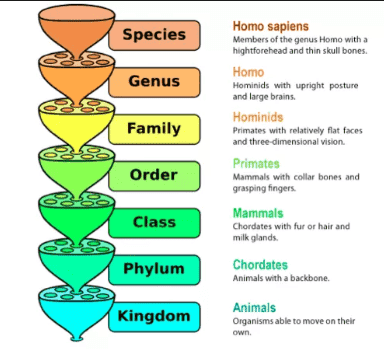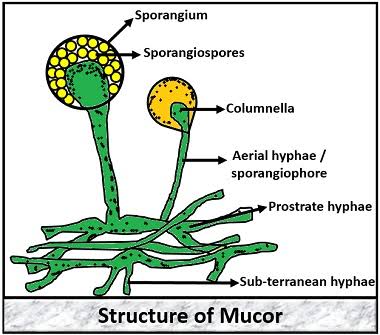ROLE OF FUNGI IN AGRICULTURE
The role of fungi in agriculture is varies. Since fungus decomposer dead organism, these can be a high value in agriculture. Thus the idea to utilize fungus in agriculture came to existence. Furthermore, fungi also produce humus and this is one among natural sorces of plant nutrients. Now a days fungi is used for biological pests controlling in many regions of the world.
Mycorrhizal association with many higher plants are also one of those major roles played in agriculture industries.
Mycorrhizal association with many higher plants are also one of those major roles played in agriculture industries.
 |
| Source Wikipedia |
Below are some of the important role of fungi in agriculture -
FUNGUS IN HUMUS FORMATION
When plant body and animals are dead, they contribute the big heaps of organic wastes. Agricultural wastages, forest litter etc, also play a vital role in organic or bio waste formation. Almost all fungi aling with bacteria are the key of degradation of these organic wastes which make our environment clean. When fungi degrade such organic wastes, these generate a kind of organic nutrient for plants called humus.
All plant nutrients required for growth and development is actually locked in plant and animal bodies in a complex form. Fungi degenerates these and make them available in simpler form which is called humus. So, humus is none other than degenerated plant and animal bodies.
All plant nutrients required for growth and development is actually locked in plant and animal bodies in a complex form. Fungi degenerates these and make them available in simpler form which is called humus. So, humus is none other than degenerated plant and animal bodies.
During the formation of this humus, some amount of carbon dioxide gas is also formed, which is utilised by green plants during photosynthesis. Humus is basically a degenerative product of cellulose , hemicullulose, lignin, protein, nucleic acid etc. The major part of the humus consists of humic acids, Humins, fulvic acid etc.
Because of it's rich nutrients nature, humus maintains physical and chemical properteis of soil supporting various biological activities. During humus formation, all those complex organic molecules are degraded in steps.
I have mentioned below some of complex organic molecules along with the fungi degrading them-
Cellulose- Aspergillus, Penecilium, Chaetomium, Fuscasium, Cladosporium, Alternaria etc
Hemicellulose- Glomerella, Fusarium, Penecillium, Apsergilus, Chaetomium etc.
Pactin- Aspergillus, Penecillium, Fusarium, Rhizopus, Monilia etc.
Lignin- Many white rod fungi Basidiomycotina and many agaricus.
And thus fungi enriches minerals and other nutrients in soil increasing fertility.
FUNGI IN BIOLOGICAL CONTROL OF PESTS
When we use one specific organism to control other organism, it's called biological control. In many part of the world, many fungi species have been successfully used to control over many kind of plant pests, such as pest fungi, many insects and nematodes Cordyceps melonhae, Aschrsonia aleyroids, etc are often used as insecticides to control different types of insects. If we use fungi as pesticides, then there will be no environmental hamper at all. These kinds of practices of fungal remedies should be encouraged by both government and non-profit organization.
FUNGI IN AGRICULTURAL RESEARCHES
Although fungal indection are treated as destructive issue, but still it's reasearch related potentially can not be ignored. Many fungi species are used in the production of many enzymes and also some are used to detect the presence of some elements in soil. Neurospora sp. is used for genetically and biochemically researches.
Studies carried on the Neurospora resulted the one gene on enzymes hypothesis. Many species of sachromyces and Apsergilus are also used in various agriculture researches. For the detection of copper in the soil, Aspergillus niger is used. Similiarly, for the detection of arsenic, traces in the sample scopulatropsis sp.is used. These are just few example of agricultural research related usage of fungi. The real area is still growing day by day.
Studies carried on the Neurospora resulted the one gene on enzymes hypothesis. Many species of sachromyces and Apsergilus are also used in various agriculture researches. For the detection of copper in the soil, Aspergillus niger is used. Similiarly, for the detection of arsenic, traces in the sample scopulatropsis sp.is used. These are just few example of agricultural research related usage of fungi. The real area is still growing day by day.














0 Comments
If you have any query let me know.